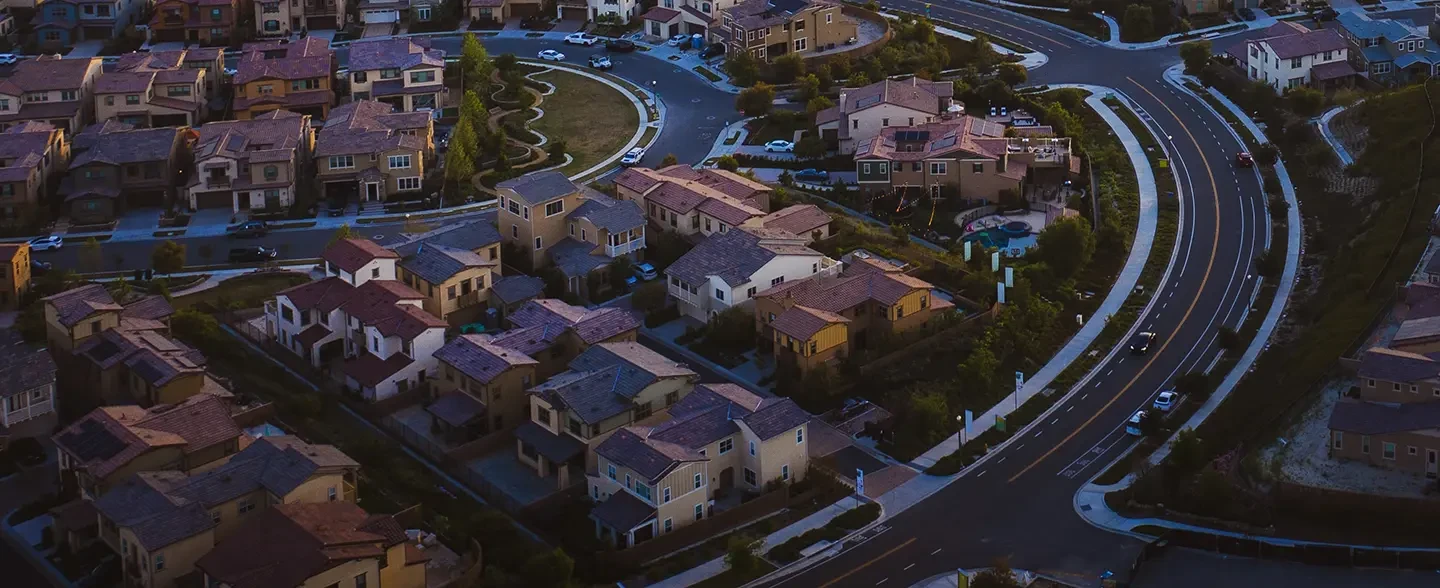Understanding HOA Fire Safety Responsibilities
In California, Homeowners Associations have specific legal obligations regarding fire safety and prevention. With increasing fire risks across the state, understanding these responsibilities and your rights as a homeowner is crucial. This comprehensive guide explores HOA fire safety duties, preventative measures, and steps homeowners can take to protect their communities.
Recent devastating fires across California have highlighted the critical importance of fire safety in homeowners associations. As a California-based HOA law firm, we have witnessed firsthand how proper fire prevention measures can protect communities, while inadequate preparations can lead to catastrophic consequences.
Understanding HOA Fire Safety Obligations
Homeowners associations in California bear significant responsibilities when it comes to fire safety and prevention. These obligations stem from both contractual duties outlined in the CC&Rs and the broader fiduciary duty to protect and maintain the community.
At its core, an HOA's fire safety responsibilities encompass several key areas. First and foremost, associations must maintain common areas in a manner that minimizes fire risks. This includes regular brush clearance, particularly in communities with extensive greenbelts or those located in designated fire zones. Additionally, associations must ensure proper infrastructure maintenance, especially regarding emergency access points and fire suppression systems.
Common Area Maintenance and Fire Prevention
The maintenance of common areas plays a pivotal role in fire prevention. When examining an HOA's fire safety practices, several crucial factors come into consideration:
First, associations must conduct regular maintenance of vegetation and brush in common areas. This is particularly critical in communities situated in fire-prone areas or those with significant green spaces. Responsible associations typically implement yearly maintenance schedules and often collaborate with local fire departments for inspections.
Second, infrastructure maintenance demands careful attention. Emergency access routes, particularly fire access gates, require regular inspection and maintenance. These access points prove crucial during emergencies, allowing first responders to reach affected areas quickly.
Proactive Steps for Homeowners
As a homeowner in an HOA community, you hold significant power to ensure your association maintains proper fire safety measures. Consider taking these proactive approaches:
Document and report concerns about fire hazards in common areas. This creates a paper trail that can prove invaluable if issues persist. When raising concerns, present them formally during board meetings and follow up with written communication.
Consider engaging qualified experts to assess potential fire risks. Their professional evaluations can provide powerful leverage in compelling an association to act. These expert reports often catalyze necessary changes in community fire safety protocols.
Maintain records of all communication with your HOA regarding fire safety concerns. This includes emails, letters, and minutes from board meetings where these issues were discussed.
Board Responsibilities and Best Practices
HOA boards must implement comprehensive fire safety protocols. This includes:
Regular assessment of fire risks within the community. Boards should work with fire safety experts to identify potential hazards and develop mitigation strategies.
Implementation of preventative maintenance schedules. This encompasses routine clearing of vegetation, inspection of fire suppression systems, and maintenance of emergency access routes.
Development of emergency response plans. Communities should have clear protocols for evacuations and communication during fire emergencies.
Legal Implications of Inadequate Fire Safety Measures
When associations fail to implement adequate fire safety measures, they may face significant legal consequences. The analysis often centers on whether the association's actions or inactions contributed to fire-related damages.
Key considerations in such analysis include whether the association received prior warnings about fire hazards, their response to such warnings, and whether proper maintenance could have prevented or minimized damage.
Insurance Considerations
While insurance coverage forms a crucial component of fire safety planning, it should not be the only focus. Associations must maintain appropriate coverage for common areas and infrastructure, but insurance should complement, not replace, proper fire prevention measures.
The Role of Preventative Measures
Prevention remains the most effective approach to fire safety. Forward-thinking associations implement comprehensive fire prevention strategies:
They conduct regular inspections of common areas and infrastructure. They maintain clear documentation of all fire safety measures and responses to concerns. They engage with fire safety experts and local fire departments for guidance and inspections.
Community-Wide Approach to Fire Safety
Effective fire safety requires collaboration between the association and homeowners. When communities work together, they can create more robust fire prevention strategies:
Encourage open communication about fire safety concerns. Support board initiatives for fire prevention measures. Participate in community-wide emergency preparation efforts.
Looking Forward: Legislative Changes
Recent devastating fires may prompt new legislation regarding HOA fire safety responsibilities, similar to how other disasters have led to enhanced safety requirements. Communities should stay informed about potential changes and be prepared to implement new requirements.
Taking Action in Your Community
If you believe your association isn't meeting its fire safety obligations, consider these steps:
Review your community's current fire safety protocols. Examine board meeting minutes for discussions about fire safety measures. Request information about the association's fire prevention strategies.
Conclusion
Fire safety in HOA communities requires vigilance, proper planning, and consistent execution of preventative measures. While we hope communities never face such devastating events, proper preparation can significantly impact outcomes when emergencies occur.
Understanding your rights and the association's obligations regarding fire safety empowers you to take appropriate action to protect your community. Whether through formal requests for safety measures, engagement with the board, or legal intervention when necessary, homeowners play a crucial role in ensuring their communities maintain proper fire safety standards.
Remember, the time to address fire safety is before an emergency occurs. By taking proactive steps and ensuring your association maintains proper fire prevention measures, you help protect not just your property, but your entire community.

Tell Us About Your HOA Dispute
When you hire LS Carlson Law, you can be assured you’ll be getting an aggressive firm fully dedicated to achieving your legal objectives. Don’t take our word for it, we encourage you to take a look at the numerous five-star client reviews. Call us now or fill out the form to set an appointment.



